On our first full day, the plan was to drive a short distance to a site well-known for its dragonflies, a spot along the Byala Reka (in English this is translated as ‘White River’). Like most places in the Eastern Rodopi Mountains, it’s also good for birds and butterflies.
Before setting off, we had another walk through some of the meadows around the village and a short way along a nearby riverside track. I started by taking another look at the roosting Eastern Festoon from the previous night, which was still in the place I’d left it. The early morning light was a little different to yesterday evening, and to my eyes produced nicer images. Other butterflies seen once it had warmed up a bit included Mallow Skipper, Lesser Spotted Fritillary and Eastern Bath White. There were also lots of Four-spotted (Tyta luctuosa), a couple of which were not too active yet, several Elachista argentella (Swan-feathered Dwarf), Sitochroa verticalis (Lesser Pearl) and a roosting Dyspessa salicicola, only the second member of the macro family Cossidae I've seen worldwide. I also found a couple of smart larvae: Peacock butterfly and what I think is a Giant Peacock Moth (Saturnia pyri). Probably the highlight though was having brief views of a Masked Shrike, the hardest of Bulgaria's four main breeding shrike species to find.






The drive to today’s main site was interrupted briefly by a Hermann's Tortoise on the road. While checking which species it was, and moving it to safety, we heard an Olive-tree Warbler and a few Bee-eaters flew over. A short way further on we stopped again for a European Glass Lizard on the road, but it powered off before I could get any photos.
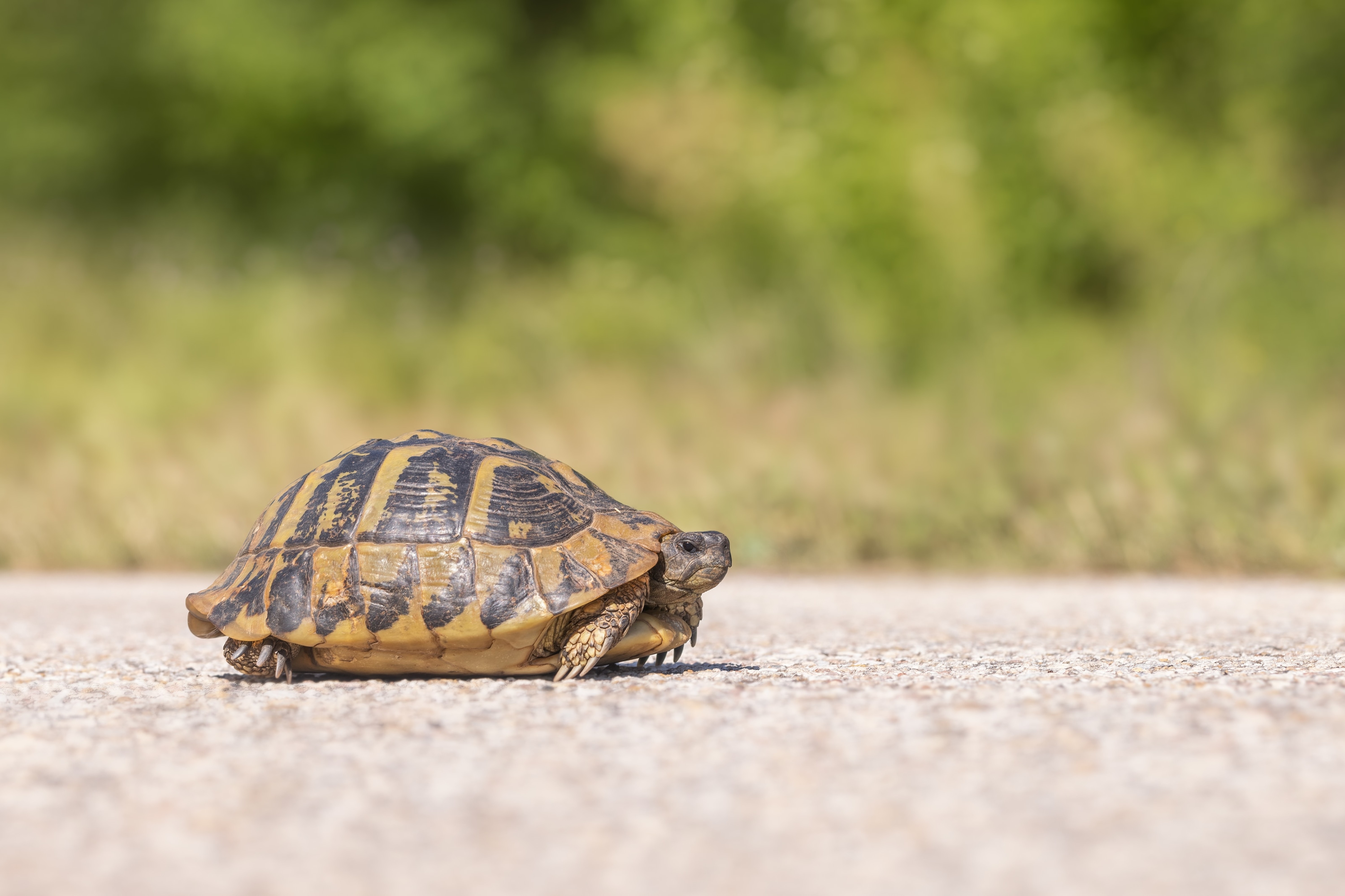
We parked at the village of Meden Buk, and took the track down to the river. To get to the place of interest, an area of rock pools, it required taking shoes and socks off to wade across to the other side of the river, and then a 20 minute walk upriver. Along this track there was a range of butterflies, but the only things that sat still enough to photograph were the smart longhorn beetle Neodorcadion exornatum, a species found in Bulgaria, Romania, Greece and Turkey, and the owlfly Libelloides lacteus, one of two species in the genus found in Bulgaria.


Along here there was also a juvenile Balkan Green Lizard, which scurried off before I could get a proper photo, and a large number of Eastern Green Lizards, including a beautiful male hunting amongst the leaf litter. Down under the trees it was very dark for photography, so I was forced to use my new flash I had bought before the trip. It took a little bit of playing around to get the right settings, but I figured it out eventually.
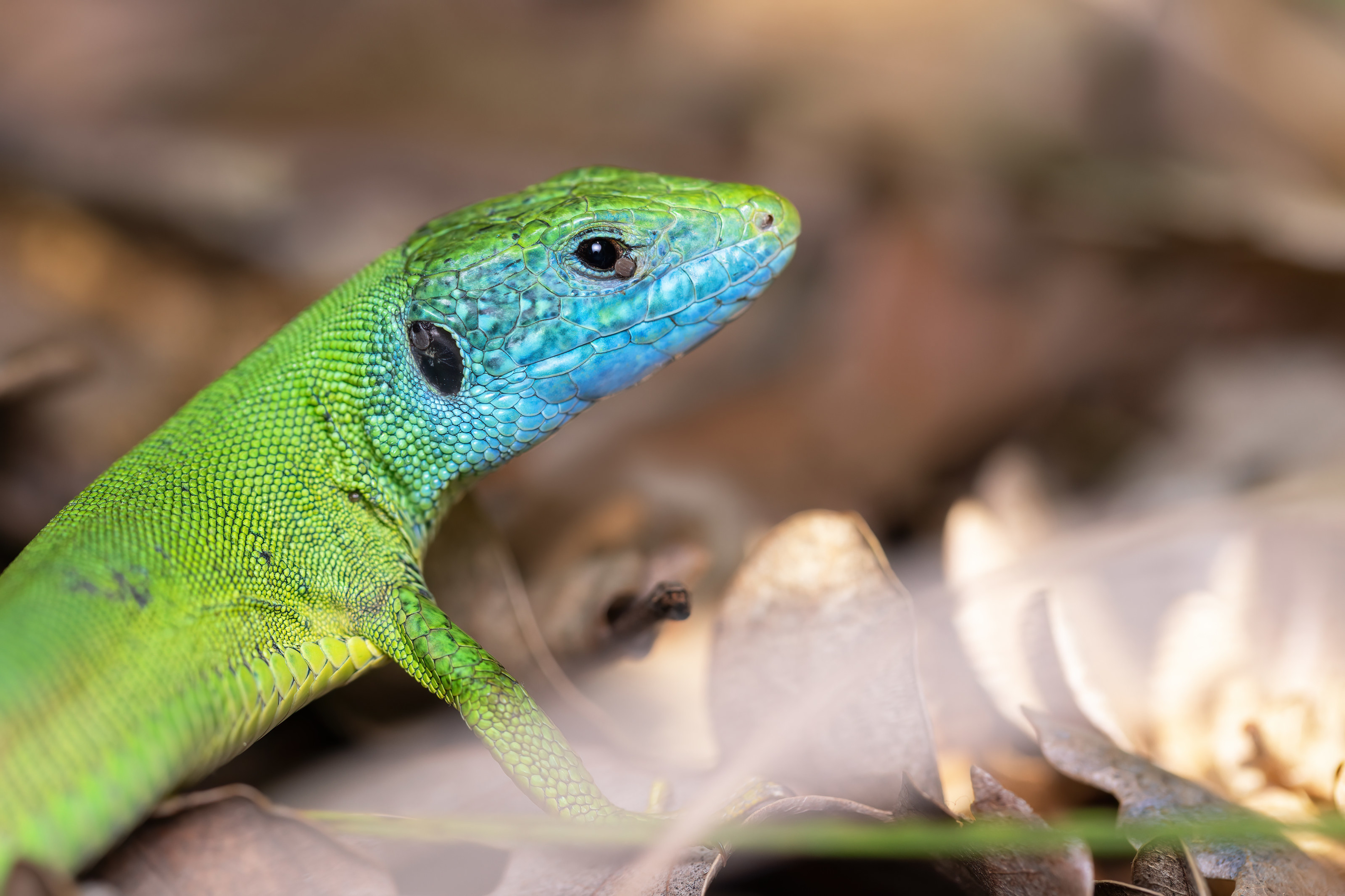

We reached the rock pools and got to work searching the area for reptiles, while also keeping an eye out for Odonata and any butterflies. The first find of note was a smart Yellow-banded Skipper; I got a few reasonable photos but not quite what I was hoping for. More work to be done with this species! We didn't have too much success with the target dragonfly species, apart from some frustratingly brief flypasts of an emerald species. It’s a challenge to identify the emeralds in Bulgaria even with a good perched view, so there was no chance to get an ID visually. But given the time of year, it will almost certainly have been the near-endemic Bulgarian Emerald. There were a handful of Odalisque flying in the area, a unique species within Europe. They spent a lot of time perched on inaccessible rocks in the middle of the river, but fortunately one posed ideally for a short while on a riverside branch. There were also a few Broad-bodied Chaser, Banded Demoiselle and lots of Blue Featherleg, a very common species in the Eastern Rodopi.


My big hope from this site was to find Dahl’s Whip Snake, but I had no luck with this or any other snake species. There was one nice reptile find though: a pair of Erhard’s Wall Lizards engaged in courtship behaviour, with the male grabbing hold of the female’s tail. Later I returned and got some more photos of the two individually, especially the male, which had the brightest orange throat I have seen on an individual of this species. Once again I used flash as the natural light was too harsh.
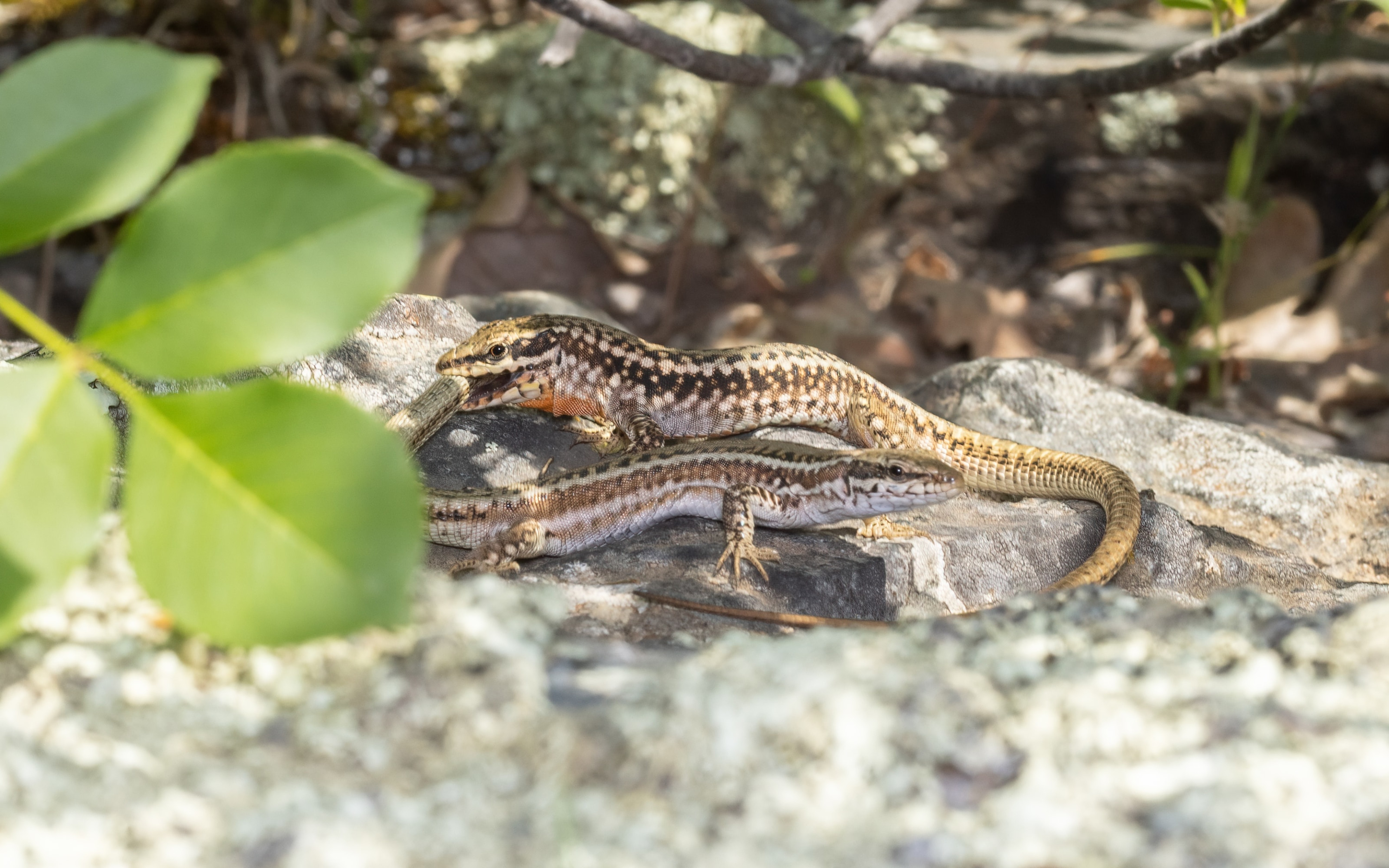

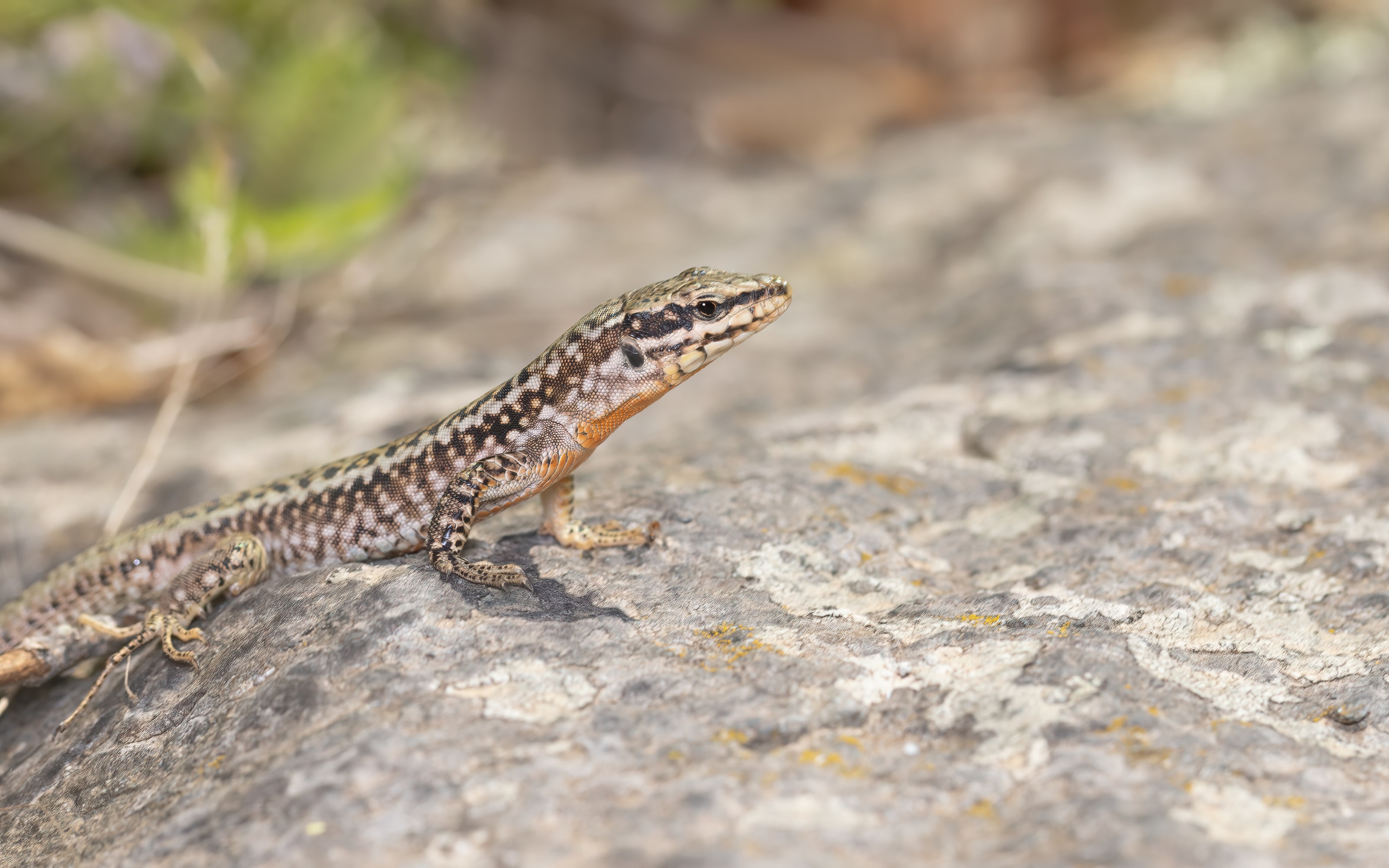
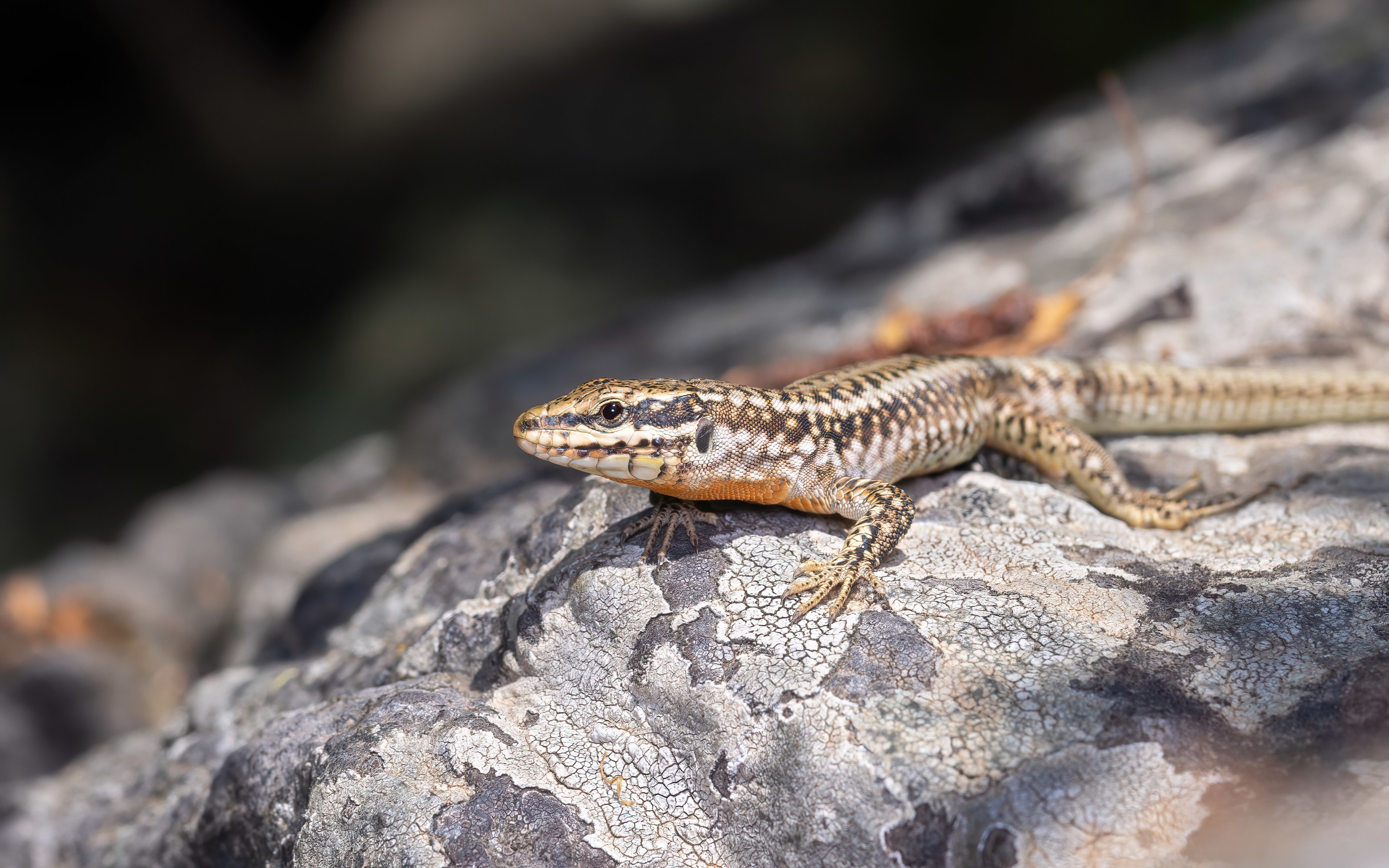
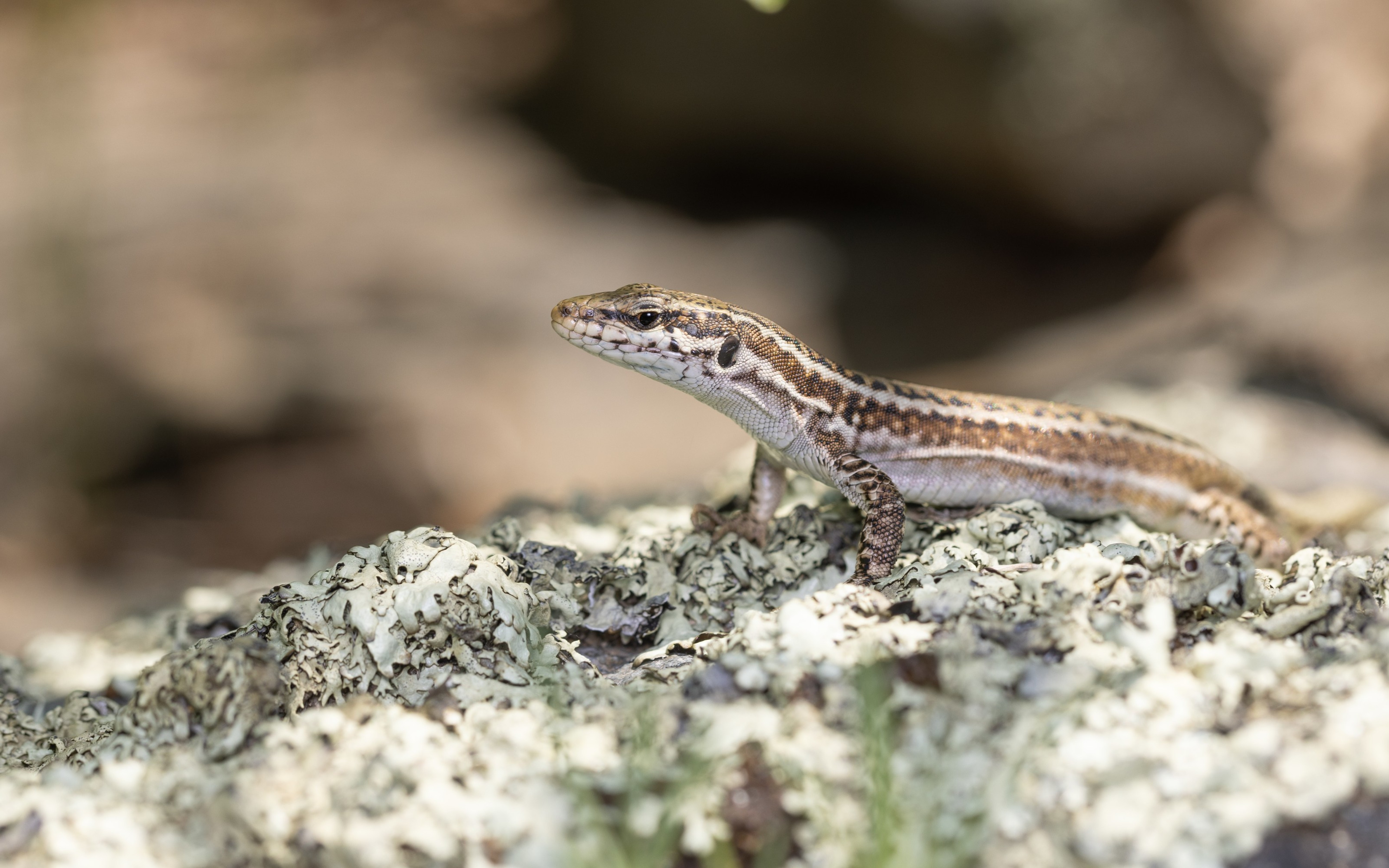
The rocks also held two attractive jumping spider species: Philaeus chrysops (Red-bellied Jumping Spider) and a black-and-white species I'm yet to ID. I spent a bit of time attempting to get some decent photos, mainly of the former, and had a little bit of success. While photographing these I also spotted a new species of moth for us, Clytie syriaca, an Erebid moth that's found in south-east Europe, Turkey and Jordan, and the wing of a Odonestis pruni, a Lasiocampid.
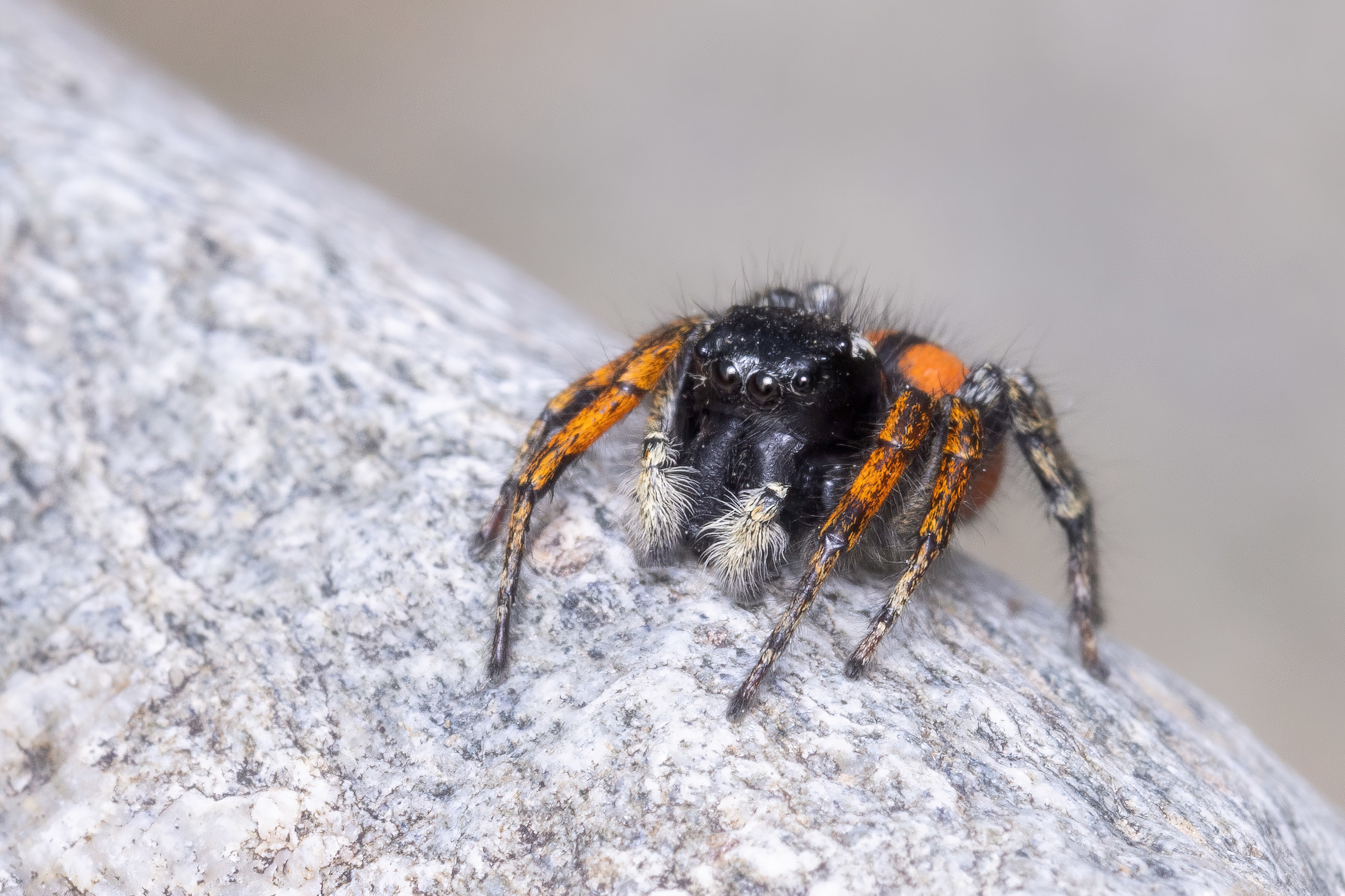



After a long session at the rock pools, it was time to start heading back to the river crossing. The walk produced a few more nice invertebrates, including a few micro moths: Euplocamus ophisa, the smart Tienid that I photographed yesterday, and the Gelechiid Dichomeris marginella (Juniper Webber), a species which occurs in Britain but that I've never seen. We also found the longhorn beetle Dorcadion regulare, a species from Bulgaria, NE Greece and the European part of Turkey, the longhorn beetle Agapanthia villosoviridescens, a Mediterrannean species, and another individual of the owlfly Libelloides lacteus, which in better light than earlier allowed me to take some improved photos. We also came across a patch of a dozen or so Pink Butterfly Orchids (Orchis papilionacea), all but one of which had gone over.
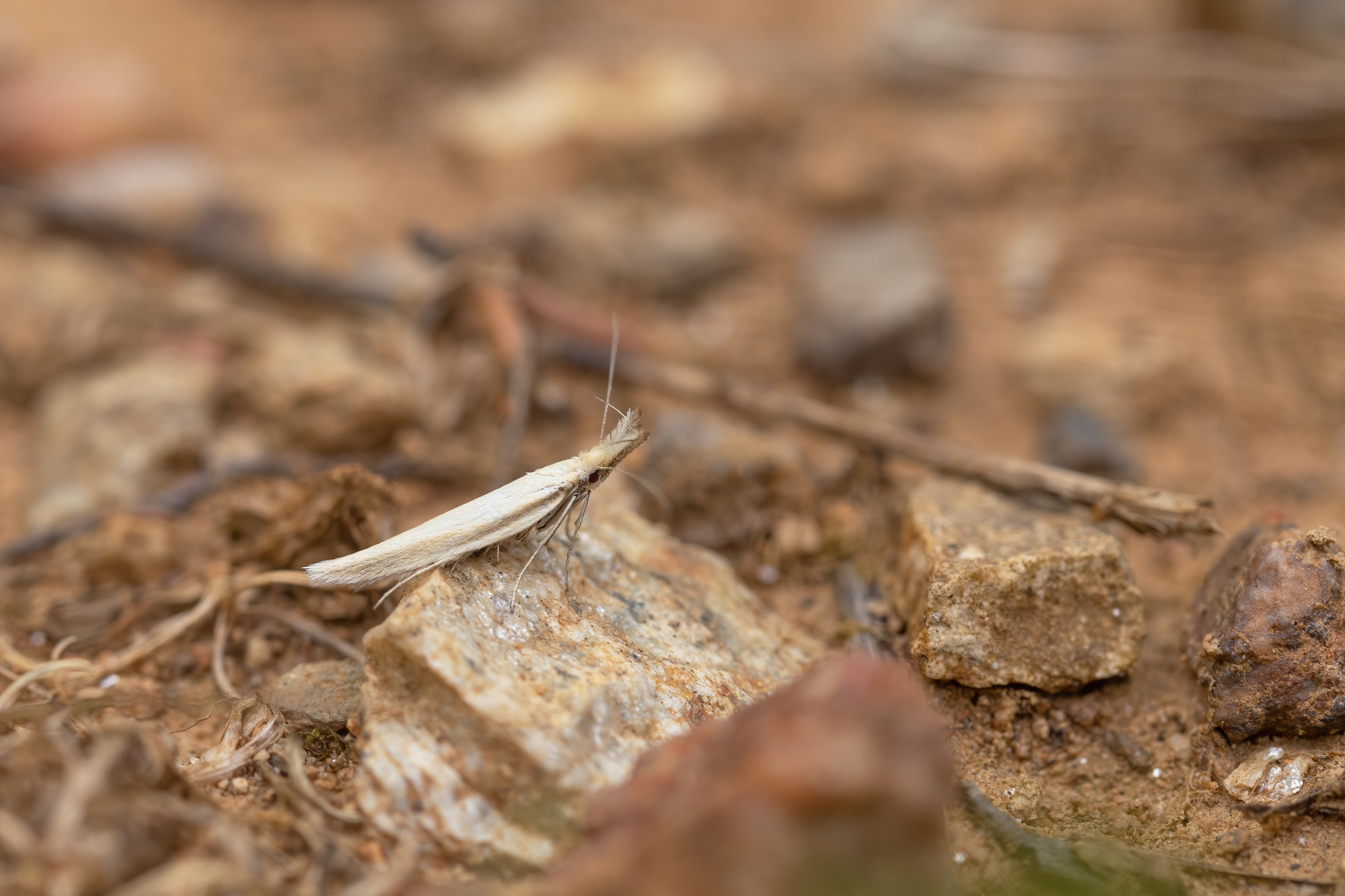




Through the day we had not paid too much attention to the birds in the area, just noting the constant singing of Nightingales, Golden Orioles and Turtle Doves. But on the way back we did note one very good bird: a Black Vulture, which is quite an uncommon bird in Bulgaria as they’re not a breeding species. However, the Greek border is very close to the site, and birds do occasionally glide over into Bulgarian airspace. A singing Eastern Bonelli’s Warbler was also good to hear.
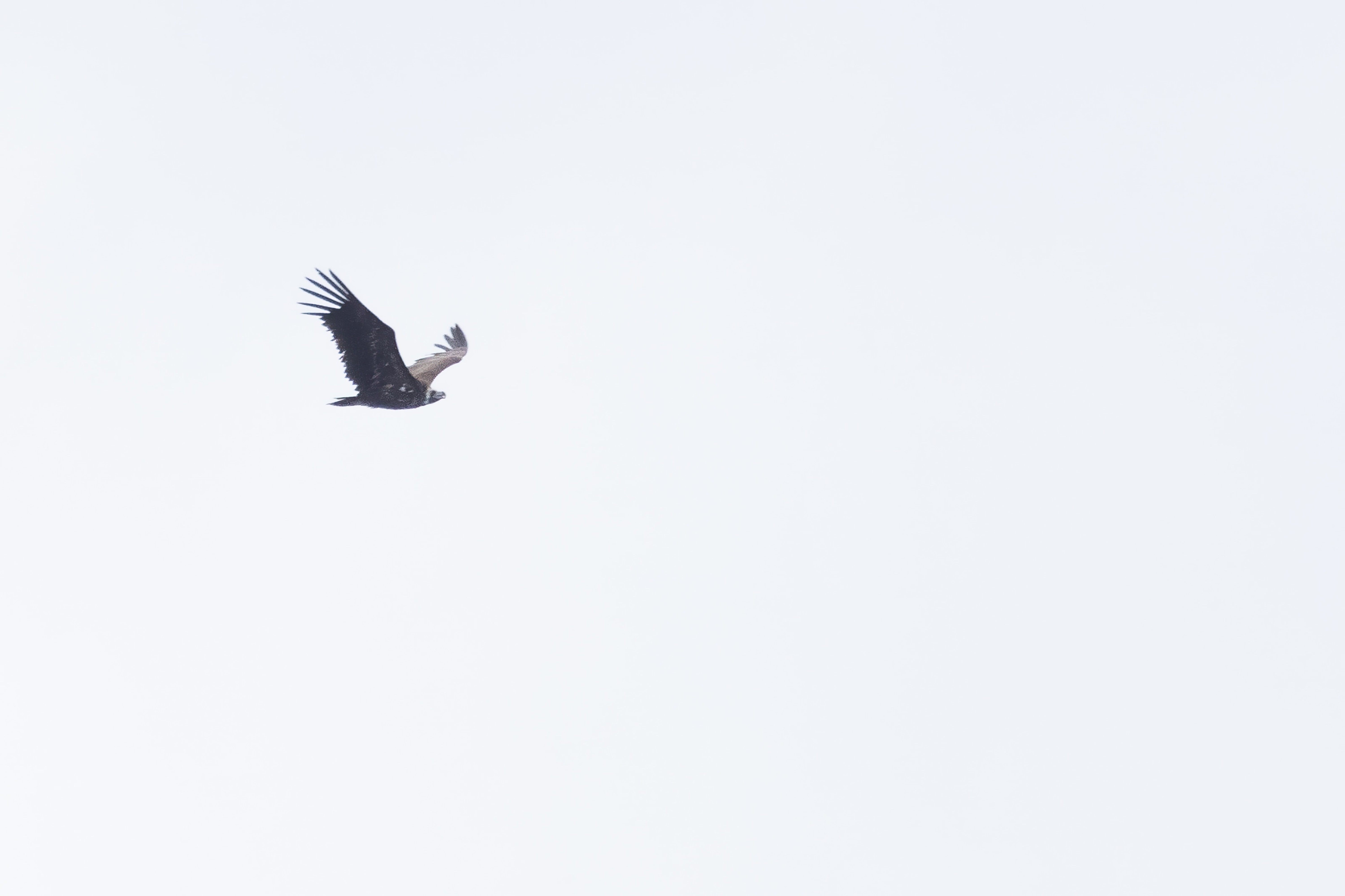
By the time we’d crossed back over the river, the afternoon had become evening, so the meadows on the way back up to the village where we'd parked were worth searching for photographable butterflies. Before long I spotted a Blue Argus posing nicely on an isolated grass along the track. It flew a few times but each time landed very conveneniently for photography.If only all butterflies were like that!


The other butterfly species I photographed was Glanville Fritillary, of which there were several still active in the meadow. At this point there was partial cloud cover, meaning a mix of overcast and sunny spells. This can be ideal conditions for photographing butterflies in an evening, as it means that for some species, such as the fritillaries, you’ll get them alternating between wings open and closed.
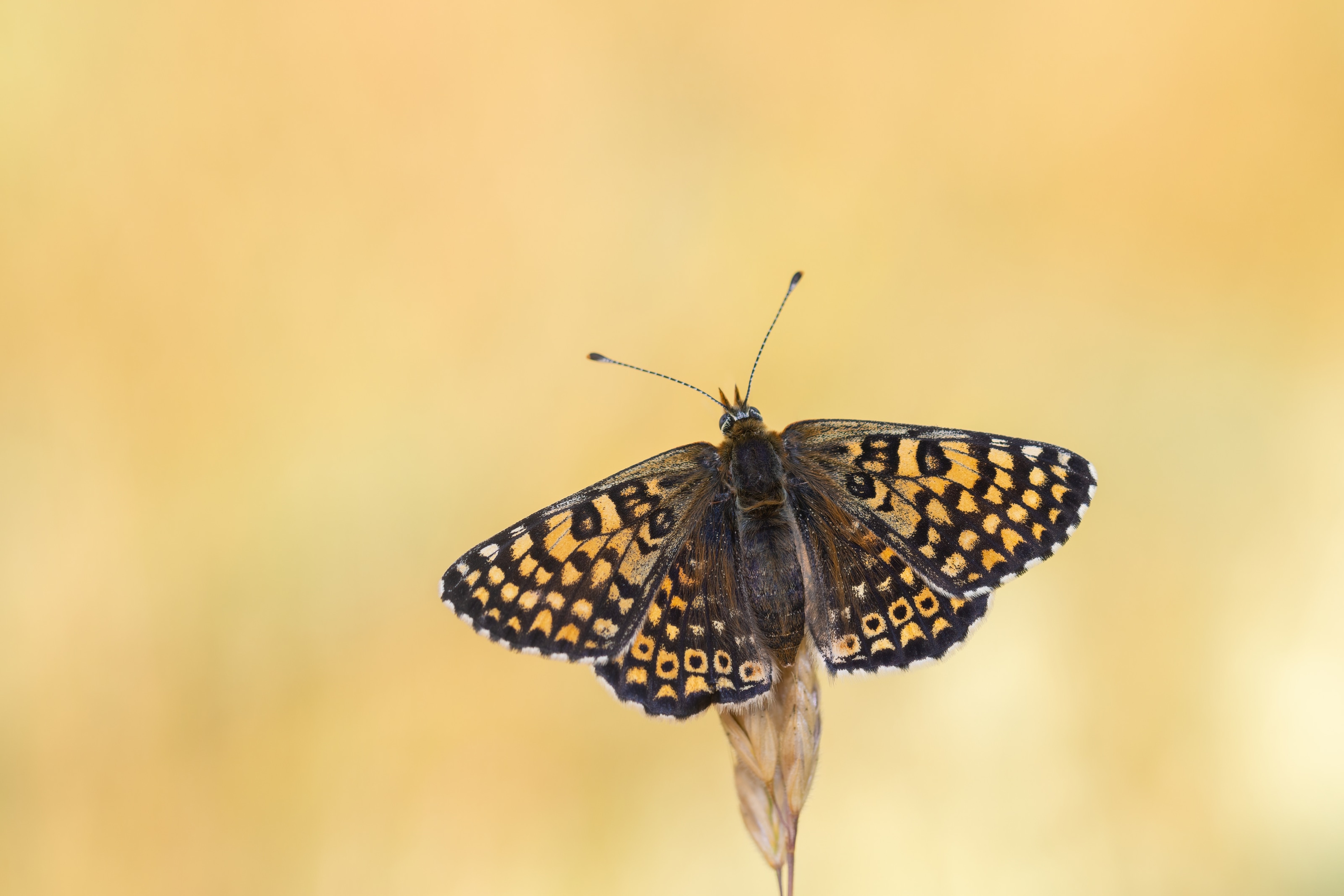
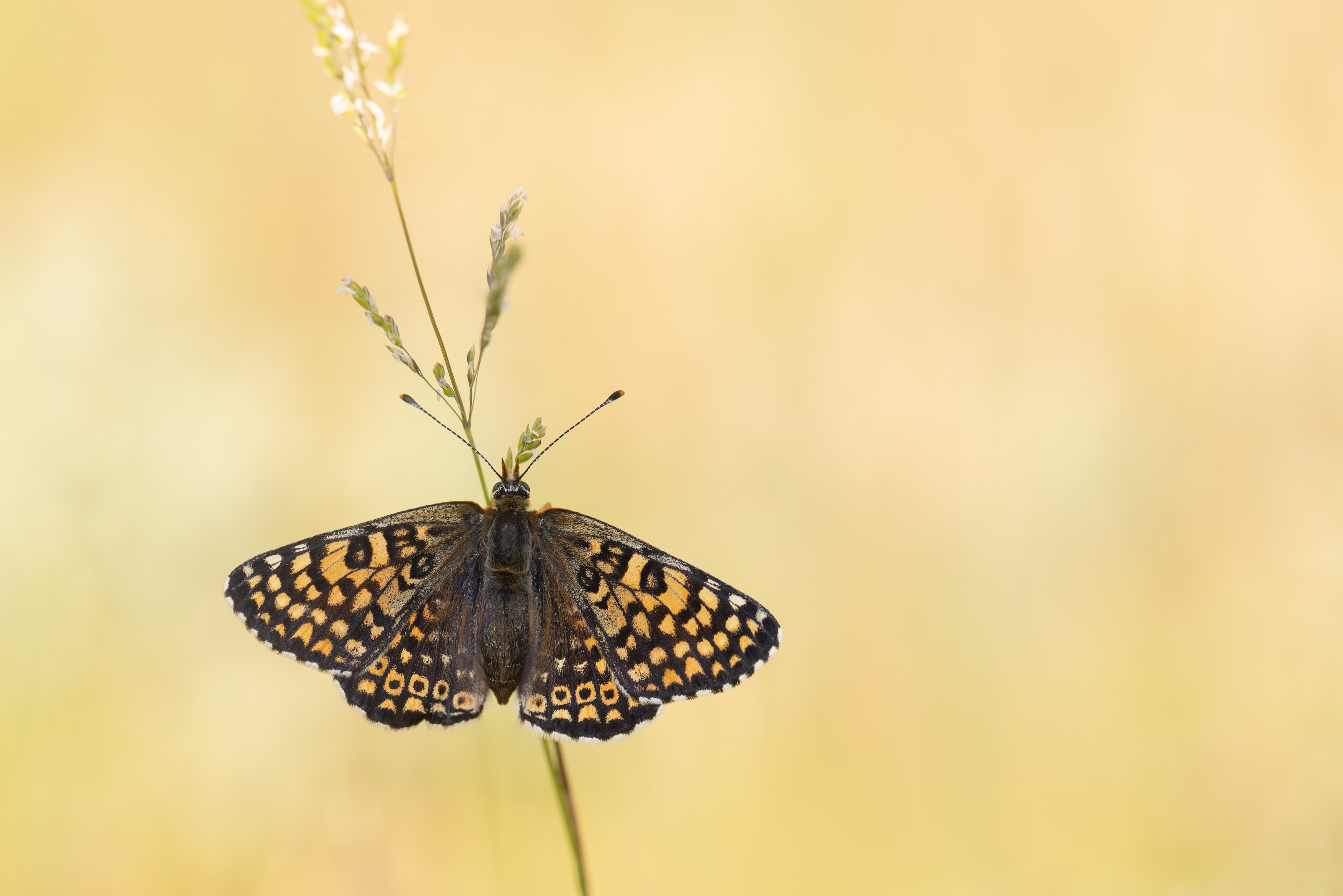

We were treated to a nice bonus at the end of the day, with the drive back to our accommodation being abruptly halted by a group of Bee-eaters, some hunting on the road and some perched in the roadside trees. We watched them from the car for about an hour, with some landing very close on isolated branches. Eventually they stopped being so active on the road, so I got out and sat in a meadow beside the car. A few were still flying overheard, and in challenging evening light I attempted a few flight shots. I got quite a selection of photos, so I'll do a dedicated blog post just with Bee-eater shots. Sitting down amongst the grasses I was able to spot several each of Oberthur’s Grizzled Skipper, Knapweed Fritillary and Eastern Bath White roosting. As I walked back to the car, a European Hare made a brief appearance on the road just up from where we parked. I even managed to grab a photo before it spooked.


To finish the day I took a few photos of one of 3 Bulgarian Bent-toed Gecko (Mediodactylus danilewskii) on the wall of the accommodation. And between 20:55 and 22:35 we heard three owl species: Scops Owl, Little Owl and Tawny Owl.
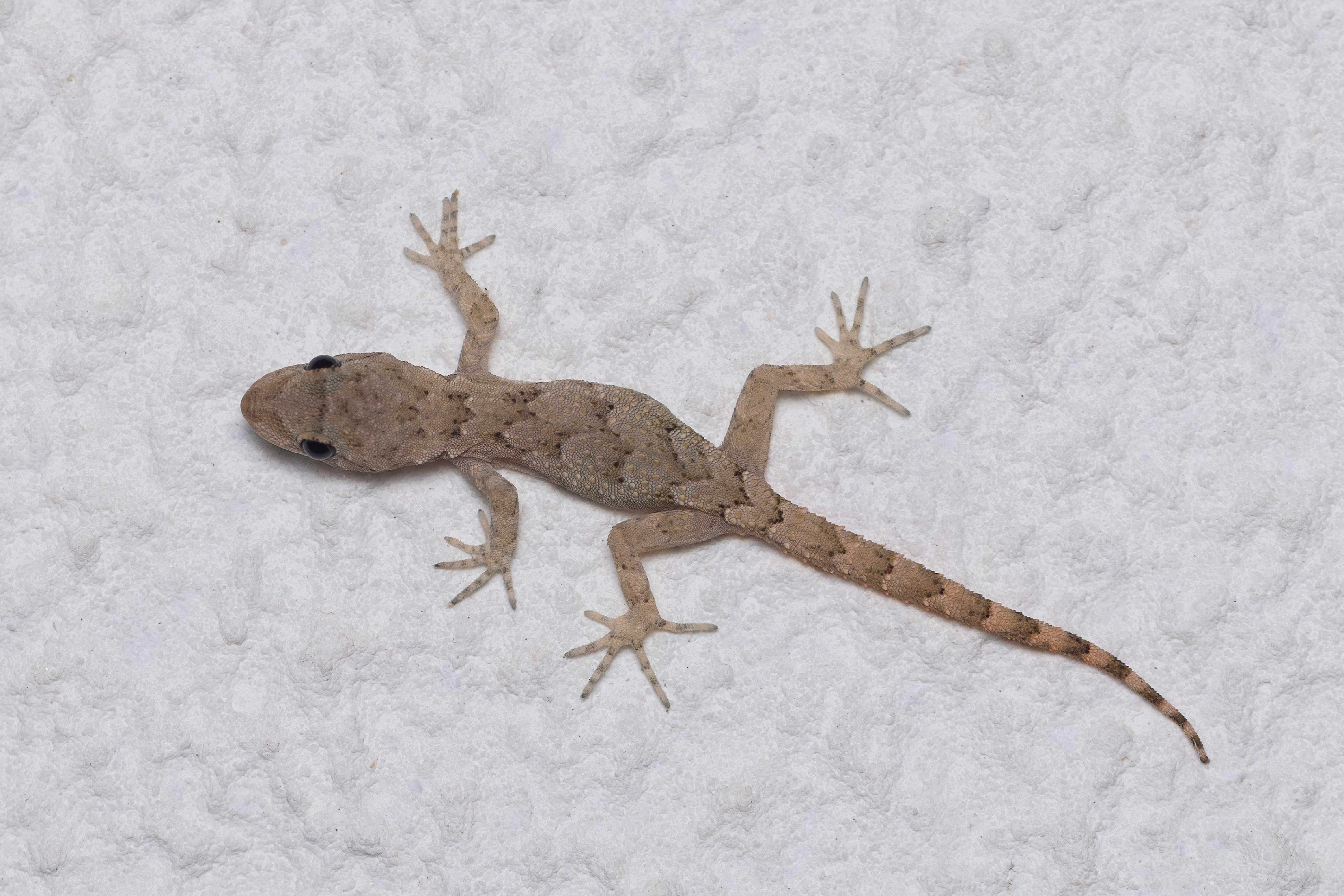
No comments yet — leave one below: